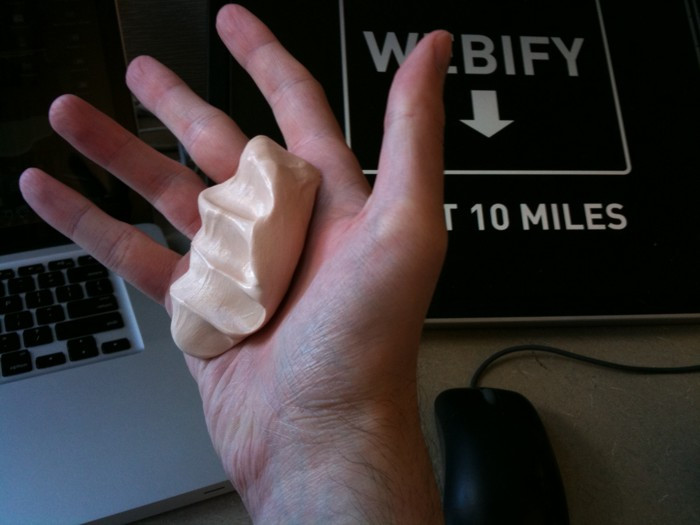Silly Putty Stem Cells '10 Times Larger' Than Those Grown in Traditional Lab Conditions

Stem cells grown using a key ingredient in Silly Putty get 10 times bigger than those developed in traditional lab conditions.
Scientists believe their discovery has the potential to result in new therapies for people with Huntington's, Alzheimer's and amyotrophic lateral sclerosis – a motor neuron disease.
Scientists at the University of Michigan found that the sponginess of the environment in which stem cells are grown affect what type of specialised cells they eventually become.
They discovered that spinal cord cells could be grown more efficiently by growing them on a soft carpet made from polydimethylsiloxane, a key ingredient in Silly Putty.
Published in Nature Materials, researcher Jianping Fu said they have discovered a way to more efficiently guide cells to become the cells required – be it bone, nerves or muscle. This process is known as differentiation.

In their system, tiny posts made from polydimethylsiloxane serve as threads and by varying the height of these posts, researchers were able to adjust the stiffness of the surface the stem cells grow on. Shorter posts are more ridged, while taller ones are softer.
When stem cells were grown on taller posts, they turned into nerve cells faster and more often than when grown on stiffer surfaces.
After 23 days colonies of spinal cord cells that grew on the Silly Putty posts were four times purer and 10 times larger than those growing on plates or rigid posts.
"This is extremely exciting," Fu said. "To realise promising clinical applications of human embryonic stem cells, we need a better culture system that can reliably produce more target cells that function well. Our approach is a big step in that direction, by using synthetic microengineered surfaces to control mechanical environmental signals."
Explaining how the technique could be used in practice, Eve Feldman, an expert in amyotrophic lateral sclerosis, said the study provides tools for modelling diseases in the lab and developing cell-replacement therapies.
Researchers are examining how the process could work and hope to test it in humans in the future.
© Copyright IBTimes 2025. All rights reserved.






















